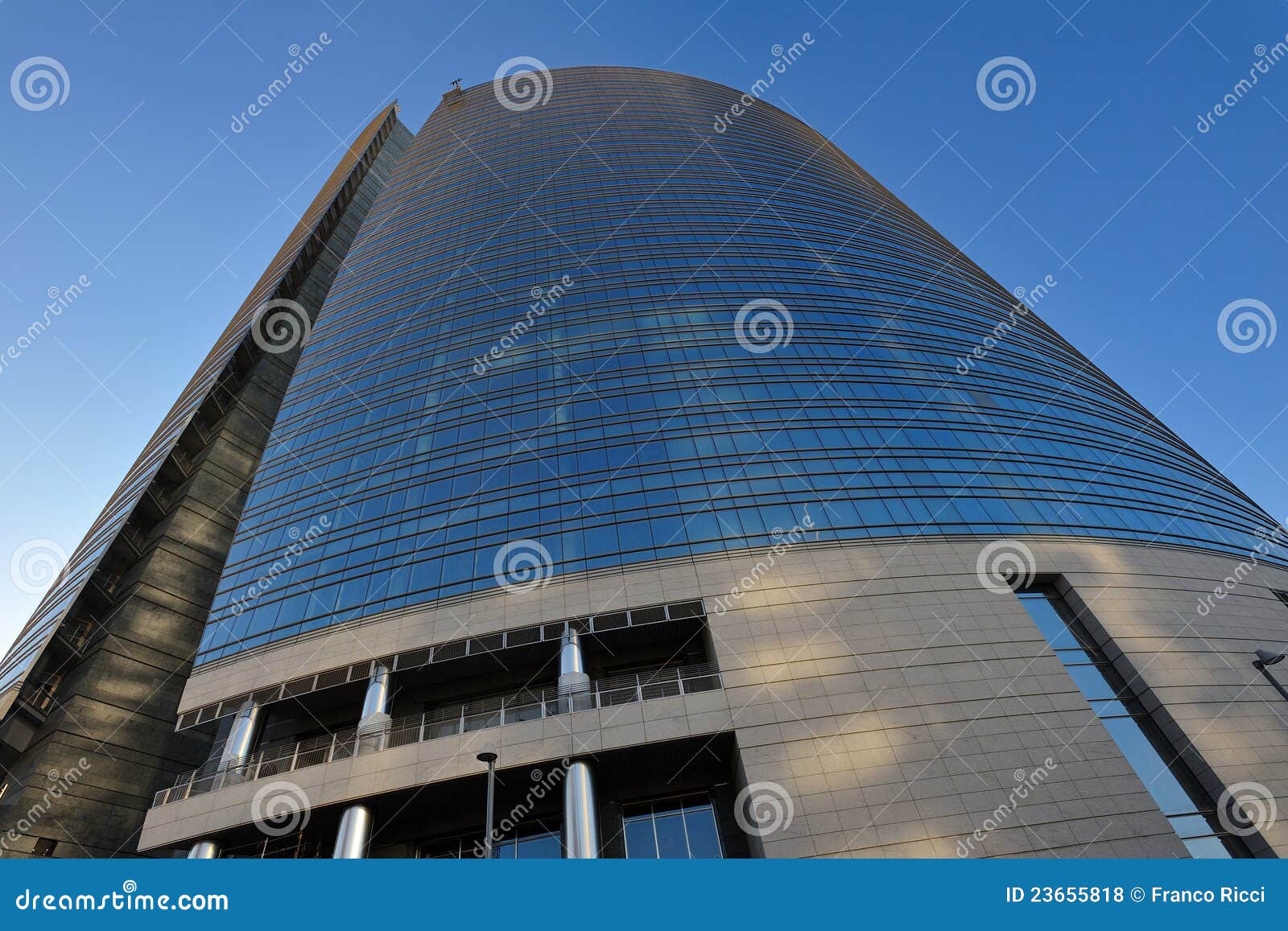
And activities related to the building of 12 new skyscrapers are also ongoing, with worksites approved and in operation in the Lampugnano and Porta Nuova neighbourhoods (which already accommodate the pointy Unicredit skyscraper designed by Cesar Pelli, on Gae Aulenti Square, and where the “Nido verticale” (“Vertical Nest”), the Unipol Tower conceived by Mario Cucinella has just been completed), while Stefano Boeri is designing a new “vertical forest” extending over the area where the former Porta Genova train station used to be). The relocation of Metanopoli, the neighbourhood planned by Enrico Mattei for the Snam-Eni headquarters (and methane pipeline plants) in the early 1950s, extending from the south of the San Donato area to the new high-tech area in Porta Romana-Vettabia, already home to the Prada Foundation and the high-tech skyscrapers of the Symbiosis business district, and where the new Olympic Village will be built for the 2026 Milano-Cortina Winter Games, together with a “Smart Station” urban transport hub and a “Hanging forest”, a long “green walkway” inspired by New York’s High Line.įurthermore, in the middle of the historic centre, right next to Sant’Ambrogio Square, the renovation works on the former “Garibaldi” police barracks have started, to turn the area into a new green campus for the Università Cattolica. There’s the launch of the Magnifica Fabbrica (Magnificent Factory) project – new art labs at the Teatro alla Scala and in the Lambretta Park, financed by the PNRR (the Italian recovery and resilience plan) and built where the Innocenti plants in Lambrate used to be, a site that epitomised the economic boom (reading Gli anni del nostro incanto (Our enchanted years) by Giuseppe Lupo, published by Marsilio, will bring back powerful memories and evocative impressions). Which initiatives are we referring to? Well, a quick scan of the newspapers it’s enough to get up to speed. A metropolis that, indeed, is true to its name: Mediolanum (‘In the middle of a plain’), Medium Terrae (‘In the middle of the land’). A metropolis, nevertheless, that is strategically placed at the heart of an incredibly productive rectangle – one of the most dynamic in Europe – situated along the A1-A4 motorway axes (from the north of Europe to the Mediterranean, from the Atlantic to the west towards Asia to the east.


Projects, ideas and investments suited to a city that likes to think of itself as smart (whatever that might mean: technologically sophisticated and astute, clever and elegant, sustainable and open to the future). Looking at Milan today, through curious and unprejudiced eyes, it’s impossible not to notice its extraordinary enthusiasm for housing and urban planning – as well as financial and entrepreneurial – initiatives.


 0 kommentar(er)
0 kommentar(er)
